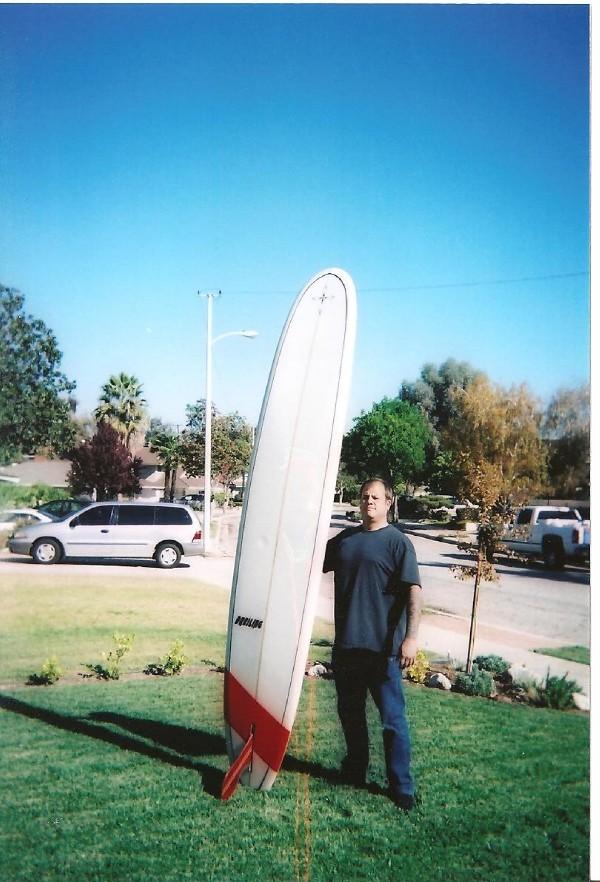Page added on February 28, 2013
India suffered peak power shortage of 9% in 2007-12
India witnessed a peak power shortage of 9 per cent during the five years ending 2012 when over 50,000 MW new generation capacity was created, the Economic Survey said today.
“During the 11th Five Year Plan (2007-12), nearly 55,000 MW of new generation capacity was created. Yet there continues to be a peak shortage of 9 per cent,” it said.
Peak power shortage is shortfall in generation capacity when electricity consumption is maximum.
The survey said the resources currently allocated to energy supply are not sufficient for narrowing the gap between energy needs and energy availability.
One of the key challenges is resolving the energy bottlenecks. Further, the country’s excessive reliance on imported crude oil make it imperative to have an optimal energy mix that will allow it to achieve its long-run goal of sustainable development.
As on March, 2011 country’s estimated coal reserves were at about 286 billion tonnes, lignite at 81 billion tonnes, crude oil at 757 million tonnes and natural gas 1,241 billion cubic metre (BCM).
Electricity generation by power utilities during 2012-13 was targeted to go up by 6.05 per cent to 930 billion units.
The growth in power generation during April to December, 2012 was 4.55 per cent as compared to about 9.33 per cent during April-December, 2011.
The estimated hydro potential is about 1,45,000 MW. The total potential for renewable power generation from various sources other than large hydro projects stood at 89,760 MW.
Import dependence on crude oil is projected at 78 per cent while that in coal will be 22.4 per cent by 2016-17, the Survey said.
An integrated power transmission grid helps to even out supply-demand mis-matches. The existing inter-regional transmission capacity of 27,750 MW connects the northern, western, eastern and north-easterns in a synchronous mode operating at the same frequency and southern region asynchronously operating in the same mode.
Synchronous inter-connection of the southern region with other regions is expected to be established by April 2014.
Meanwhile, trading in electricity is enabled through traders and power exchanges that optimises generation resources by facilitating trade and flow of electricity across the country.
It has helped in sale of surplus power by distribution utilities and captive power plants on one hand, and purchase of electricity by deficit firms on the other hand to meet sudden increases in demand, it said.
The capacity addition during the 12th Plan period (2012-17) is estimated at 88,537 MW comprising 26,182 MW in the central sector, 15,530 MW in the state sector and 46,825 MW in the private sector respectively.
The capacity addition target for the year 2012-13 was set at 17,956 MW. A capacity of 9,854 MW has been added till December 2012.
One Comment on "India suffered peak power shortage of 9% in 2007-12"


Kenz300 on Fri, 1st Mar 2013 5:24 am
China and India’s economies and their billion plus populations are growing 6-8% a year. That requires a lot more energy.
They are the driving force in world oil prices and world energy prices. That kind of growth will not continue if they rely on oil since oil production will not match that demand.
The question is what alternative energy sources will they use to power their economies? If they use coal there is no hope of slowing climate change.
The only chance of slowing climate change is that they move quickly to alternative energy sources like wind, solar, wave energy, geothermal and second generation biofuels made from algae, cellulose and waste.
It would also be helpful if they could slow their population growth. Adding more mouths to feed, clothe, house and provide energy for just makes the problems harder to solve. They already have enough poverty, hunger and despair.